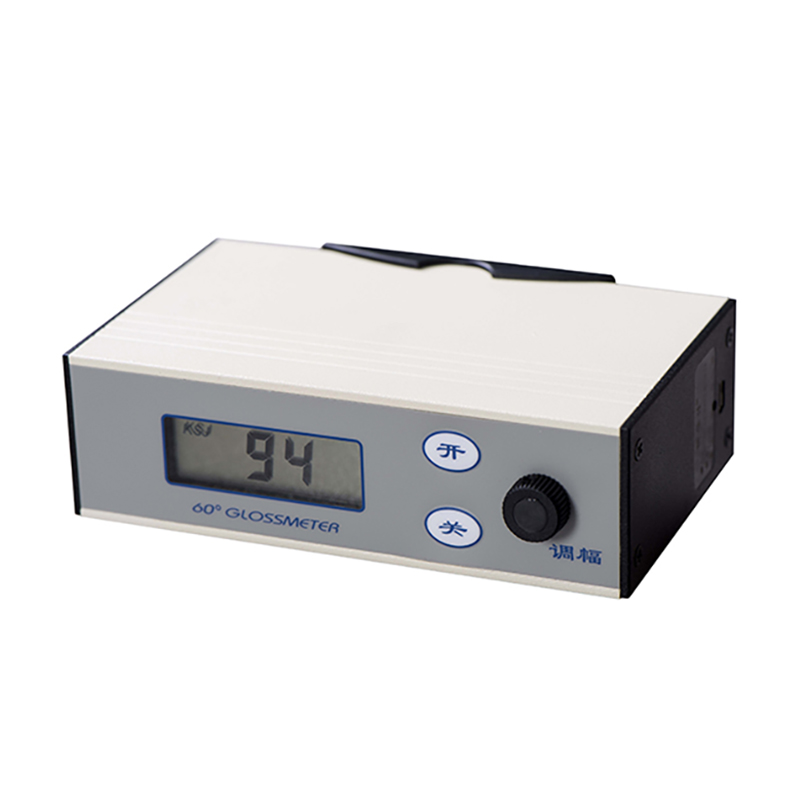头部邮箱+阿里巴巴
E-mail: sales@ksj.cn 

Enter search content

NEWS
News
Hot Products
Unveiling the Secrets Behind Precise Luminance Measurements: A Comprehensive Guide
- Time of issue:2023-09-18
(Summary description)Discover the intricacies of precise luminance measurements in this comprehensive guide. From understanding the importance of accurate measurements to exploring the tools and techniques used, this arti
Unveiling the Secrets Behind Precise Luminance Measurements: A Comprehensive Guide
(Summary description)Discover the intricacies of precise luminance measurements in this comprehensive guide. From understanding the importance of accurate measurements to exploring the tools and techniques used, this arti
- Categories:Industry news
- Author:
- Origin:
- Time of issue:2023-09-18 09:24
- Views:0
1. Introduction
2. Why Precise Luminance Measurements Matter
3. Key Factors Affecting Luminance Measurements
4. Tools and Techniques for Accurate Luminance Measurements
5. Common Challenges and How to Overcome Them
6. Best Practices for Optimizing Luminance Measurements
7. FAQs
8. Conclusion
1. Introduction
Luminance measurements play a vital role in various industries, including display technology, photography, and lighting design. Accurate measurements are essential to ensure optimal performance, visual quality, and user experience. In this article, we delve into the secrets behind precise luminance measurements, providing you with valuable knowledge and actionable insights.
2. Why Precise Luminance Measurements Matter
Accurate luminance measurements are crucial for several reasons. They allow manufacturers to evaluate and improve the performance of their products, ensuring that displays meet industry standards and customer expectations. Professionals in fields such as photography and cinematography rely on precise measurements to capture and reproduce images with accurate brightness levels. Additionally, precise luminance measurements enable lighting designers to create visually appealing and functional lighting schemes.
3. Key Factors Affecting Luminance Measurements
Several factors can affect the accuracy of luminance measurements. It is essential to understand these variables to obtain reliable results. Factors such as ambient lighting conditions, measurement instrument calibration, viewing angles, and measurement distance can significantly impact the measured luminance values. This section explores each factor in detail, providing valuable insights on how to mitigate their effects and ensure precise measurements.
4. Tools and Techniques for Accurate Luminance Measurements
To achieve precise luminance measurements, professionals rely on various tools and techniques. This section explores the most commonly used instruments, such as photometers and spectroradiometers, detailing their functionalities and limitations. Additionally, we discuss calibration methods and the importance of regular recalibration to maintain measurement accuracy. Exploring the use of different measurement techniques, including spot, spatial, and temporal measurements, further enhances the understanding of obtaining accurate luminance values.
5. Common Challenges and How to Overcome Them
While striving for precise luminance measurements, professionals often encounter challenges that can affect the results. This section highlights common hurdles, such as glare, reflections, and non-uniformity, and provides practical solutions for overcoming them. Understanding these challenges and implementing appropriate techniques will lead to more reliable and accurate measurements.
6. Best Practices for Optimizing Luminance Measurements
Optimizing luminance measurements involves adhering to specific best practices. This section outlines essential guidelines for achieving accurate results consistently. From controlling ambient lighting conditions to ensuring proper instrument setup, each best practice contributes to the overall quality and reliability of luminance measurements. Implementing these practices will help professionals in their pursuit of precise measurements.
7. FAQs
Q1: What is the difference between luminance and brightness?
Q2: Can I use a smartphone app for luminance measurements?
Q3: How often should I recalibrate my measurement instrument?
Q4: Does the size of the measuring spot affect the accuracy of luminance measurements?
Q5: Are there any international standards for luminance measurements?
8. Conclusion
In conclusion, precise luminance measurements are essential for various industries, including display technology, photography, and lighting design. By understanding the factors that affect measurements, utilizing appropriate tools and techniques, and overcoming common challenges, professionals can achieve accurate results consistently. Adhering to best practices and staying updated with the latest advancements in measurement technology will ensure success in this dynamic field.
With this comprehensive guide, you are now equipped with the knowledge to excel in the precise luminance measurement domain. Embrace the secrets unveiled in this article and elevate your professional endeavors to new heights.
Scan the QR code to read on your phone

After eighteen-years’development, KSJ Glossmeters have been widely used all over the world in gloss measuring of paintwork, decorative materials, woodenwares, ceramic, printing ink, paper, as well as metal polishing and depositing. And becoming the first choice for experts in the above fields.
Online Message
Contact Us



















